Home>Furniture & Design>Bathroom Accessories>What Is The Best Way To Clear A Slow Bathtub Drain
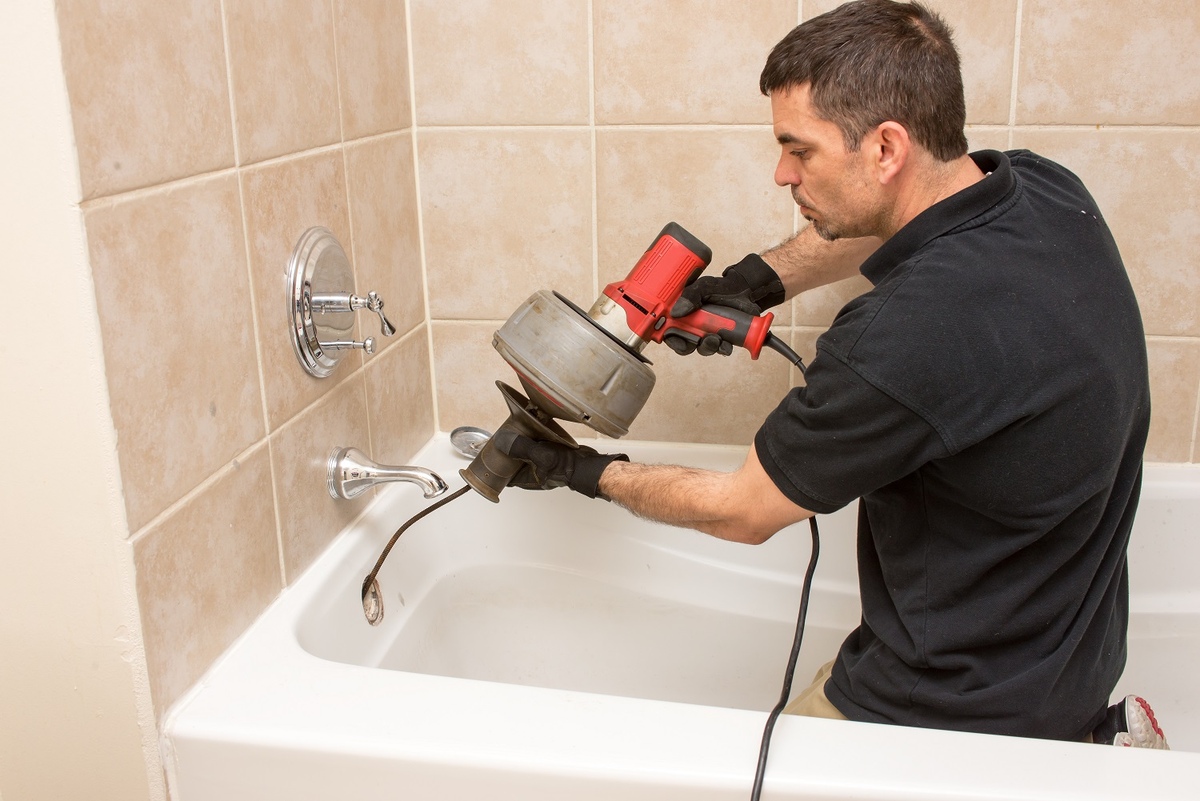

Bathroom Accessories
What Is The Best Way To Clear A Slow Bathtub Drain
Modified: October 19, 2024
Discover the best method to clear a slow bathtub drain with effective bathroom accessories. Say goodbye to clogs and enjoy a smoothly flowing drain.
(Many of the links in this article redirect to a specific reviewed product. Your purchase of these products through affiliate links helps to generate commission for Storables.com, at no extra cost. Learn more)
Introduction
A slow bathtub drain can be a frustrating inconvenience, disrupting your daily routine and causing unnecessary stress. Whether it's due to a buildup of hair, soap scum, or other debris, dealing with a sluggish drain is a common household challenge. Fortunately, there are several effective methods for addressing this issue, ranging from simple DIY solutions to professional interventions.
In this comprehensive guide, we will explore the best ways to clear a slow bathtub drain, providing you with valuable insights and practical tips to restore optimal drainage in your bathroom. From identifying the common causes of slow drains to discussing various cleaning techniques and seeking professional assistance, we will cover everything you need to know to tackle this common household problem effectively.
By understanding the underlying reasons for slow bathtub drains and learning about the most effective solutions, you can regain the comfort and functionality of your bathroom without unnecessary hassle. Whether you prefer natural homemade remedies, commercial drain cleaners, or professional plumbing services, this guide will equip you with the knowledge to make an informed decision and take the necessary steps to address the issue promptly.
So, if you've been dealing with a slow bathtub drain and are eager to find a reliable and efficient solution, you've come to the right place. Let's dive into the world of drain maintenance and explore the best strategies for keeping your bathtub drain clear and free-flowing.
Key Takeaways:
- Say goodbye to slow bathtub drains by using natural homemade remedies like baking soda and vinegar or salt and baking soda. These DIY solutions are effective, eco-friendly, and budget-friendly alternatives to chemical drain cleaners.
- When faced with persistent or complex drainage issues, consider calling a professional plumber. They have the expertise, specialized tools, and preventative maintenance plans to provide long-lasting solutions for your slow bathtub drain.
Read more: How To Clear A Slow-Draining Bathroom Sink
Common Causes of Slow Bathtub Drains
Slow bathtub drains are often the result of various factors that impede the smooth flow of water. Understanding these common causes is crucial in effectively addressing the issue. Here are the primary culprits behind slow bathtub drains:
-
Hair Accumulation: One of the most prevalent causes of slow bathtub drains is the accumulation of hair. As we shower or bathe, loose strands of hair can easily find their way into the drain, gradually forming clogs that restrict water flow. Over time, this can lead to significant blockages, resulting in slow drainage and potential backups.
-
Soap Scum Buildup: Soap residues, combined with minerals in the water, can form a stubborn substance known as soap scum. This sticky residue can adhere to the walls of the drain pipes, trapping other debris and impeding the smooth passage of water. As soap scum accumulates, it can contribute to the gradual slowing of the drain.
-
Residual Dirt and Grime: Over time, dirt, body oils, and other residues can accumulate within the drain, creating a layer of grime that restricts water flow. This buildup can be particularly problematic if the drain lacks a proper strainer or cover to prevent debris from entering the plumbing system.
-
Mineral Deposits: In areas with hard water, mineral deposits such as calcium and magnesium can accumulate within the drain pipes. These deposits can constrict the pipe diameter, reducing the flow capacity and leading to slow drainage.
-
Old or Faulty Pipes: In some cases, slow bathtub drains may be attributed to old or deteriorating pipes. Corrosion, rust, or damage to the pipes can create rough surfaces or partial blockages, hindering the smooth passage of water.
By recognizing these common causes of slow bathtub drains, you can gain valuable insights into the factors contributing to this issue. Armed with this knowledge, you can explore effective solutions tailored to address the specific underlying cause, ensuring a swift and lasting resolution to the problem.
Chemical Drain Cleaners
Chemical drain cleaners are widely available and are often the go-to solution for many homeowners when faced with a slow bathtub drain. These products typically contain powerful chemicals designed to dissolve organic matter, such as hair and soap scum, which are common culprits behind drain clogs. While chemical drain cleaners can be effective in clearing minor blockages and restoring water flow, it's essential to understand their potential benefits and drawbacks.
Benefits of Chemical Drain Cleaners
-
Convenience: One of the primary advantages of chemical drain cleaners is their convenience. These products are readily available at most hardware stores and supermarkets, allowing homeowners to quickly purchase a solution when faced with a clogged drain.
-
Ease of Use: Chemical drain cleaners are relatively easy to use, requiring minimal preparation and application. Most products come with clear instructions, making them accessible to individuals without extensive plumbing knowledge.
-
Fast-Acting: Many chemical drain cleaners work quickly to dissolve clogs, providing a relatively swift solution to slow drainage issues. This can be particularly beneficial when dealing with minor blockages that do not require extensive intervention.
Drawbacks of Chemical Drain Cleaners
-
Harsh Chemicals: Most chemical drain cleaners contain harsh, caustic chemicals such as sodium hydroxide (lye) or sulfuric acid. These chemicals can pose health and safety risks if not handled properly, potentially causing skin and eye irritation or emitting harmful fumes.
-
Potential Damage to Pipes: The powerful nature of chemical drain cleaners can also pose a risk to the plumbing system. Prolonged or frequent use of these products may lead to corrosion or deterioration of pipes, especially in older or delicate plumbing systems.
-
Environmental Impact: Chemical drain cleaners can have a negative impact on the environment. The chemicals they contain can be harmful if released into waterways, potentially affecting aquatic life and ecosystems.
Read more: What Size Is A Bathtub Drain
Safe Usage and Considerations
When using chemical drain cleaners, it is crucial to follow the manufacturer's instructions carefully and take necessary safety precautions. This includes wearing protective gloves and eyewear, ensuring adequate ventilation, and avoiding mixing different types of drain cleaners. Additionally, it's important to use these products sparingly and consider alternative methods for addressing persistent or severe drain clogs.
In summary, while chemical drain cleaners offer convenience and fast-acting solutions for minor drain blockages, they also come with potential risks and environmental concerns. Homeowners should weigh the benefits and drawbacks of these products and consider alternative drain cleaning methods based on their specific needs and circumstances.
Homemade Drain Cleaning Solutions
Homemade drain cleaning solutions offer a natural and cost-effective alternative to commercial chemical cleaners, providing homeowners with the opportunity to address slow bathtub drains using simple yet powerful ingredients commonly found in the kitchen or pantry. These DIY remedies not only help clear clogs and restore proper drainage but also minimize exposure to harsh chemicals and reduce environmental impact. Here are several effective homemade drain cleaning solutions that can help tackle slow bathtub drains:
1. Baking Soda and Vinegar
This classic DIY drain cleaning method harnesses the natural cleaning and deodorizing properties of baking soda and vinegar. To begin, pour about half a cup of baking soda down the drain, followed by an equal amount of vinegar. The mixture will create a foaming reaction that helps dislodge debris and break down organic matter. Allow the solution to work its magic for at least 30 minutes before flushing the drain with hot water. This simple yet effective technique can help clear minor blockages and eliminate unpleasant odors from the drain.
2. Hot Water Flush
A straightforward yet often overlooked method for maintaining clear drains is the use of hot water. Boiling water can effectively dissolve and flush away greasy residues, soap scum, and light clogs that contribute to slow drainage. Carefully pour a generous amount of hot water down the drain, allowing it to flow through and dislodge any buildup. This method is particularly useful for regular maintenance and can help prevent the accumulation of debris that leads to persistent clogs.
Read more: How To Clear A Clogged Bathtub
3. Salt and Baking Soda
Combining salt and baking soda creates a gentle yet potent abrasive mixture that can help scrub away grime and buildup within the drain. Mix equal parts of salt and baking soda and pour the blend down the drain. Let it sit for several hours or overnight, allowing the abrasive action to break down stubborn residues. Follow up with a hot water flush to rinse away the loosened debris, promoting improved water flow.
4. DIY Enzyme Cleaner
Homemade enzyme cleaners utilize natural enzymes to break down organic matter and eliminate foul odors within the drain. To create your own enzyme cleaner, combine citrus peels (such as lemon or orange) with brown sugar and water in a sealed container. Allow the mixture to ferment for several weeks, during which natural enzymes will develop and become active. Once fermented, pour a small amount of the enzyme solution down the drain regularly to maintain a clean and odor-free plumbing system.
By incorporating these homemade drain cleaning solutions into your regular maintenance routine, you can effectively address slow bathtub drains while minimizing reliance on harsh chemicals and promoting a more sustainable approach to household maintenance. These DIY remedies offer a safe, eco-friendly, and budget-friendly alternative to commercial drain cleaners, providing homeowners with effective tools to keep their drains clear and free-flowing.
Using a Plunger
When it comes to clearing a slow bathtub drain, a plunger can be a highly effective tool for dislodging stubborn clogs and restoring proper drainage. While plungers are commonly associated with unclogging toilets, they can also be utilized to address drain blockages in sinks, showers, and bathtubs. The principle behind using a plunger for drain cleaning is to create a strong suction force that dislodges and pushes debris or blockages through the plumbing system, allowing water to flow freely once again.
To use a plunger on a bathtub drain, it's essential to ensure a proper seal between the plunger and the drain opening. Begin by removing any standing water from the bathtub to expose the drain. If the bathtub has an overflow drain, use duct tape to cover it, ensuring that the plunger's suction force is directed exclusively toward the clog. Next, fill the bathtub with enough water to cover the plunger's rubber cup.
Position the plunger over the drain, ensuring a tight seal between the rubber cup and the surface around the drain opening. Apply firm and steady pressure as you push and pull the plunger in a vertical motion, creating a strong suction force. This action helps dislodge the clog and encourages it to move through the pipes, restoring proper water flow.
It's important to maintain a consistent and controlled plunging motion, avoiding abrupt or erratic movements that may break the seal or cause splashing. Additionally, if the clog is particularly stubborn, it may require several rounds of plunging to fully clear the obstruction. After plunging, run water to test the drainage and assess whether the clog has been successfully removed. If the water drains freely, the plunger has effectively cleared the slow bathtub drain.
Using a plunger offers a straightforward and accessible method for addressing minor to moderate drain blockages, providing homeowners with a cost-effective and environmentally friendly solution. By mastering the proper plunging technique and understanding the principles behind this method, individuals can confidently tackle slow bathtub drains without the need for harsh chemicals or specialized equipment. Whether it's a hair clog, soap scum buildup, or other debris causing the obstruction, a plunger can often provide the necessary force to restore optimal drainage and keep the bathtub running smoothly.
Removing and Cleaning the Drain Stopper
When dealing with a slow bathtub drain, the drain stopper can often be a hidden culprit contributing to the obstruction. Over time, the drain stopper can accumulate hair, soap scum, and debris, impeding the flow of water and leading to drainage issues. Therefore, removing and cleaning the drain stopper is a crucial step in maintaining a clear and free-flowing bathtub drain.
To begin the process of removing the drain stopper, it's important to identify the type of stopper installed in your bathtub. There are several common types of drain stoppers, including the lift-and-turn stopper, the push-and-pull stopper, the toe-touch stopper, and the pop-up stopper. Each type may have a slightly different removal method, so it's essential to determine the specific design of your drain stopper before proceeding.
For lift-and-turn and push-and-pull stoppers, you can typically remove the stopper by unscrewing it in a counterclockwise direction. This may require lifting the stopper to access the screw beneath it. Once the screw is loosened, the stopper can be lifted out of the drain. For toe-touch stoppers, a similar unscrewing motion is often required to release the stopper from the drain. Pop-up stoppers, on the other hand, may have a release lever that needs to be located and disengaged to remove the stopper.
After successfully removing the drain stopper, it's time to clean and inspect the component. The stopper should be thoroughly cleaned to remove any accumulated hair, soap residue, and debris that may be hindering proper drainage. A simple mixture of warm water and mild soap can be used to clean the stopper, along with a brush or cloth to scrub away stubborn buildup. Additionally, a small brush or pipe cleaner can be used to clear any debris trapped within the drain opening.
Inspecting the drain stopper for signs of wear, damage, or corrosion is also important during the cleaning process. Any worn seals, loose components, or visible damage should be addressed to ensure the stopper functions effectively and maintains a proper seal when in use. If necessary, replacement parts can be obtained to restore the stopper to optimal condition.
Once the drain stopper is clean and in good condition, it can be reinstalled by following the reverse of the removal process. Ensuring a secure and proper fit of the stopper is essential to prevent future drainage issues and maintain efficient water flow in the bathtub.
By regularly removing and cleaning the drain stopper, homeowners can proactively prevent slow bathtub drains caused by stopper-related obstructions. This simple maintenance task, when performed as part of a regular cleaning routine, can contribute to a smoothly functioning bathtub drain and a more enjoyable bathing experience.
Read more: How To Clear An Outdoor Drain Pipe
Snaking the Drain
Snaking the drain is a highly effective method for addressing stubborn and deep-seated clogs that contribute to slow bathtub drains. This technique involves using a plumbing tool known as a drain snake, also referred to as a plumber's snake or auger, to physically dislodge and remove blockages within the drain pipes. Unlike chemical cleaners or plungers, which primarily work to dissolve or push through clogs, snaking the drain offers a more direct and targeted approach to clearing obstructions.
To snake a bathtub drain, begin by acquiring a suitable drain snake from a hardware store or rental service. Drain snakes come in various lengths and designs, with some featuring a coiled metal cable and a handle, while others may be motorized for added power. Select a drain snake that is appropriate for the size and configuration of your bathtub drain, ensuring that it can reach the depth of the clog.
Before using the drain snake, it's essential to remove the drain stopper and any visible debris near the drain opening. This preparation allows the snake to access the interior of the drain without obstruction. Next, carefully insert the tip of the drain snake into the drain opening, guiding it through the pipes while maintaining gentle but firm pressure. As the snake progresses, you may encounter resistance, indicating the presence of the clog.
Once the drain snake reaches the clog, it's important to maneuver and rotate the tool to effectively break apart and dislodge the obstruction. The coiled cable of the drain snake can latch onto hair, soap scum, and other debris, allowing you to pull it out of the drain and clear the pathway for water flow. It's crucial to work methodically and patiently, ensuring that the snake thoroughly addresses the entire length of the clog to prevent future blockages.
After snaking the drain, run hot water to flush out any remaining debris and confirm that the water flows freely through the drain. This step helps clear out loosened particles and ensures that the drain is fully functional. If the water continues to drain slowly, additional snaking or alternative methods may be necessary to address persistent clogs or underlying issues within the plumbing system.
Snaking the drain offers a proactive and hands-on approach to clearing slow bathtub drains, providing homeowners with a reliable method for addressing challenging clogs. By mastering the technique of snaking the drain and understanding its role in maintaining clear and free-flowing drains, individuals can confidently tackle stubborn obstructions and restore optimal drainage in their bathtubs.
Calling a Professional Plumber
When all other methods have been exhausted or when facing persistent and complex drainage issues, enlisting the expertise of a professional plumber can provide a reliable and comprehensive solution. Professional plumbers possess the knowledge, experience, and specialized tools necessary to diagnose and address a wide range of plumbing problems, including slow bathtub drains. Here are the key considerations and benefits associated with calling a professional plumber to address slow bathtub drains:
Expert Diagnosis and Solutions
Professional plumbers are equipped with the expertise to accurately diagnose the underlying causes of slow bathtub drains. Through thorough inspection and assessment, they can identify the specific factors contributing to the drainage issue, whether it's severe clogs, damaged pipes, or other plumbing system malfunctions. With this comprehensive understanding, plumbers can recommend and implement targeted solutions tailored to address the root of the problem, ensuring a lasting and effective resolution.
Specialized Equipment and Techniques
Plumbers have access to specialized tools and equipment designed for diagnosing and resolving complex drainage issues. From advanced drain snakes and augers to high-pressure water jetting systems, professional plumbers can employ a range of techniques to clear stubborn clogs, remove debris, and restore optimal water flow in bathtub drains. Additionally, they can conduct video inspections of the plumbing system to pinpoint hidden obstructions or structural concerns, allowing for precise and efficient repairs.
Compliance with Regulations and Standards
Professional plumbers are well-versed in local building codes, regulations, and industry standards governing plumbing installations and repairs. By engaging a licensed and certified plumber, homeowners can ensure that the work performed on their bathtub drains adheres to legal requirements and quality benchmarks. This commitment to compliance not only guarantees the safety and integrity of the plumbing system but also provides peace of mind for homeowners seeking reliable and professional services.
Preventative Maintenance and Long-Term Solutions
Beyond addressing immediate drainage issues, professional plumbers can offer valuable insights and recommendations for preventative maintenance to keep bathtub drains clear and functional. By implementing proactive measures such as drain cleaning schedules, pipe inspections, and maintenance plans, plumbers can help homeowners avoid future drainage problems and extend the longevity of their plumbing infrastructure. This proactive approach emphasizes long-term solutions and minimizes the likelihood of recurring drain issues.
Warranty and Guarantee
Many professional plumbing services offer warranties and guarantees for their work, providing homeowners with added assurance and protection. By engaging a reputable plumbing company, homeowners can benefit from warranties that cover the quality of workmanship and the durability of installed components. This commitment to customer satisfaction underscores the reliability and accountability of professional plumbers, ensuring that homeowners receive effective and dependable solutions for their slow bathtub drains.
In summary, calling a professional plumber represents a strategic and comprehensive approach to addressing slow bathtub drains. By leveraging the expertise, resources, and industry knowledge of professional plumbers, homeowners can achieve efficient, long-lasting solutions that restore optimal drainage and enhance the functionality of their bathroom plumbing. Whether faced with persistent clogs, complex drainage issues, or the need for preventative maintenance, professional plumbers offer a valuable and reliable resource for maintaining clear and free-flowing bathtub drains.
Frequently Asked Questions about What Is The Best Way To Clear A Slow Bathtub Drain
Was this page helpful?
At Storables.com, we guarantee accurate and reliable information. Our content, validated by Expert Board Contributors, is crafted following stringent Editorial Policies. We're committed to providing you with well-researched, expert-backed insights for all your informational needs.

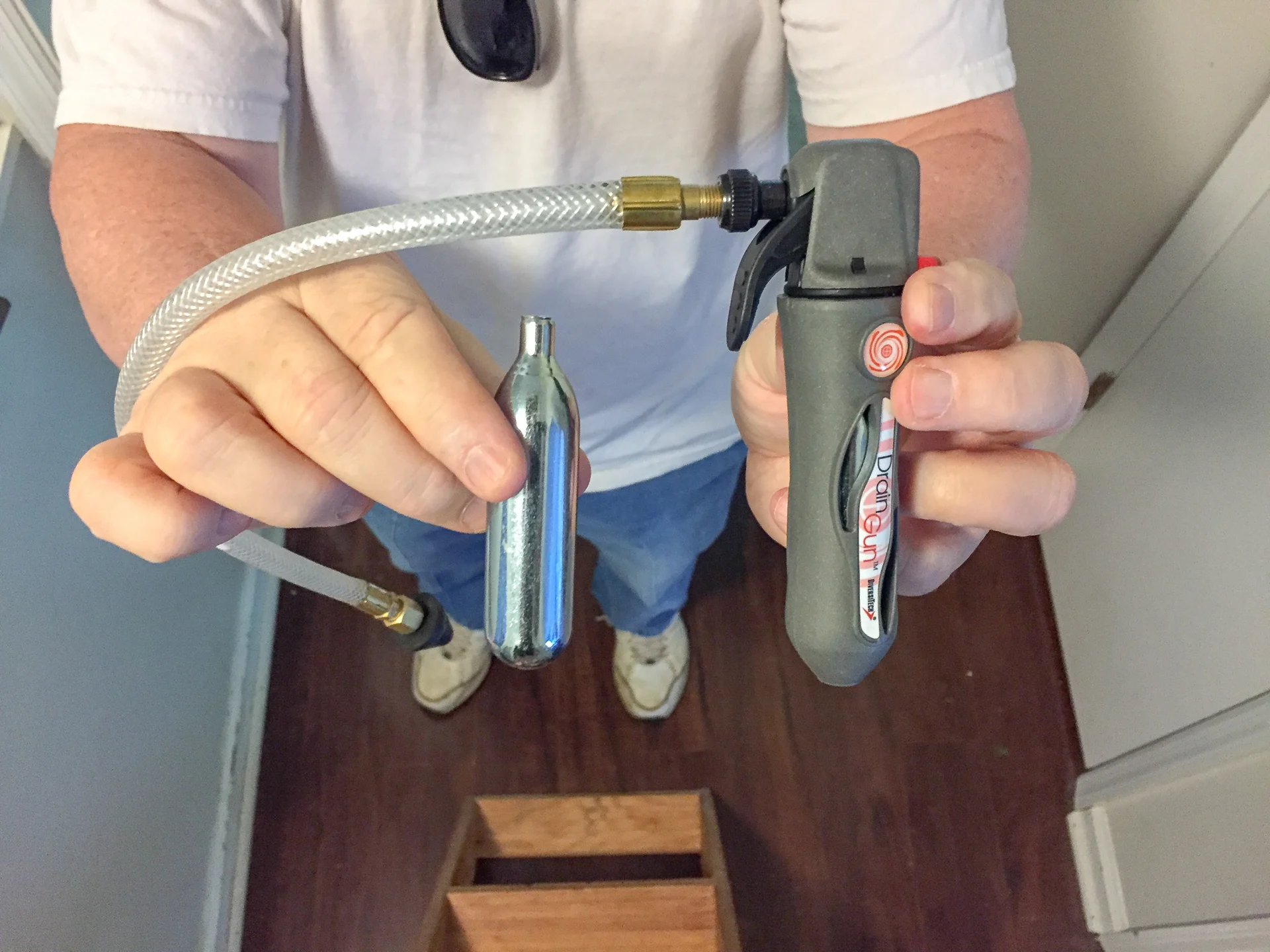
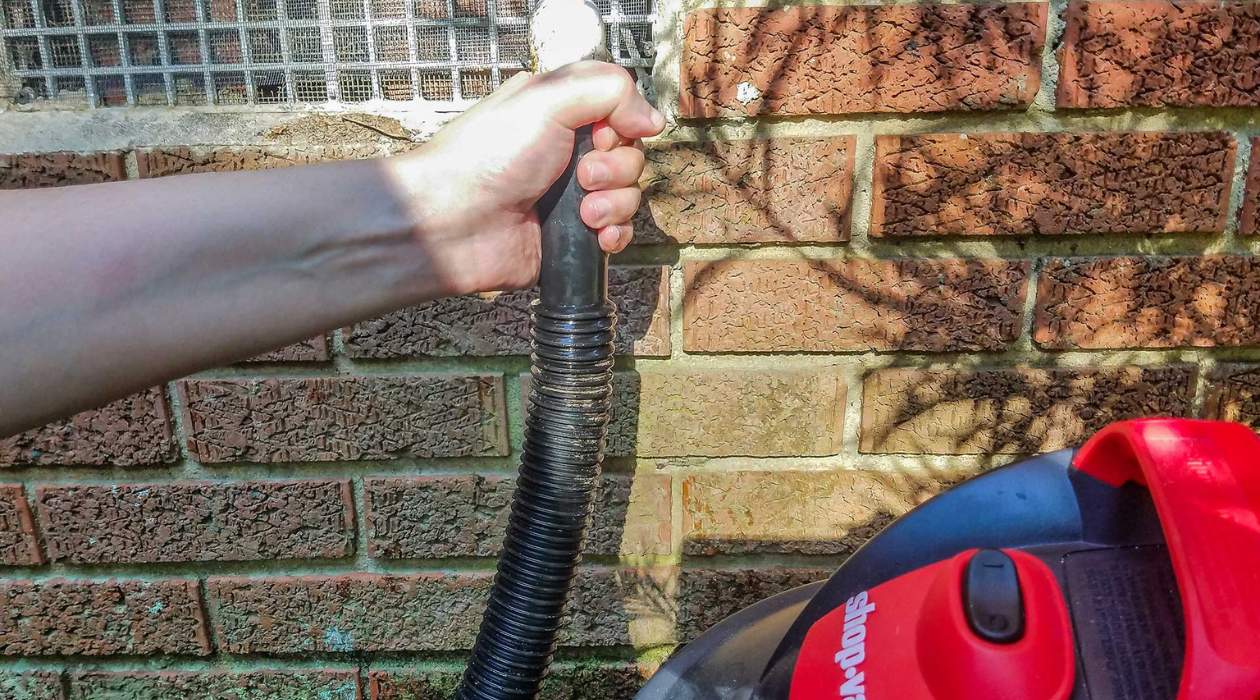
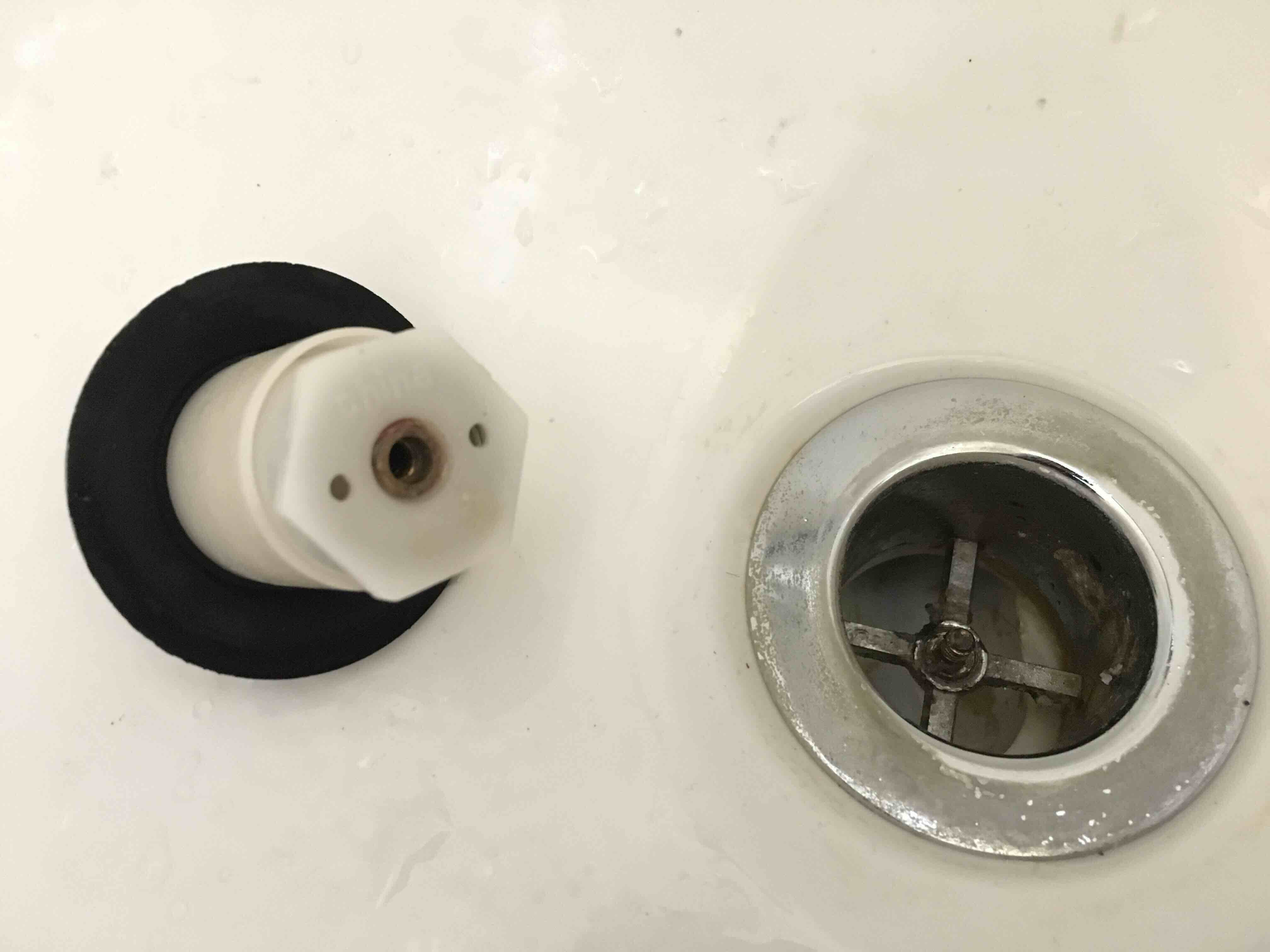
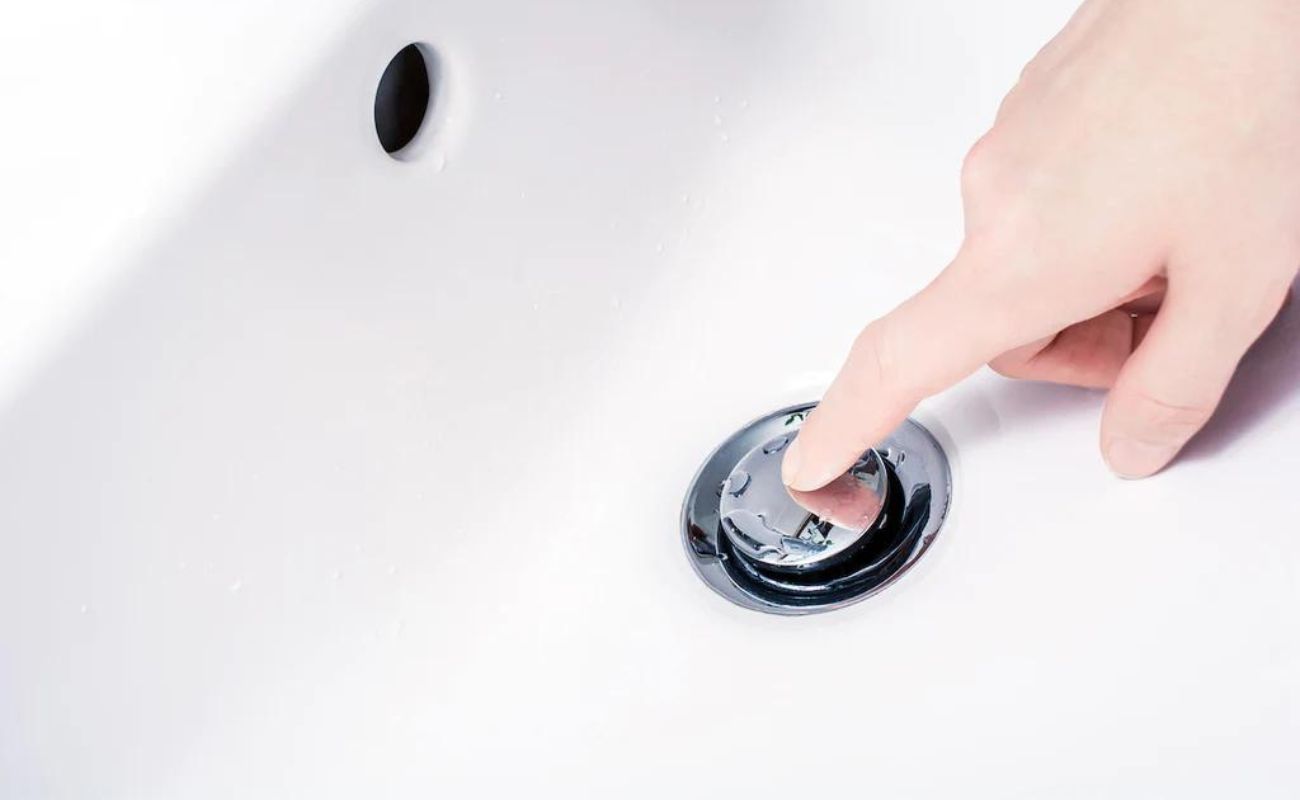
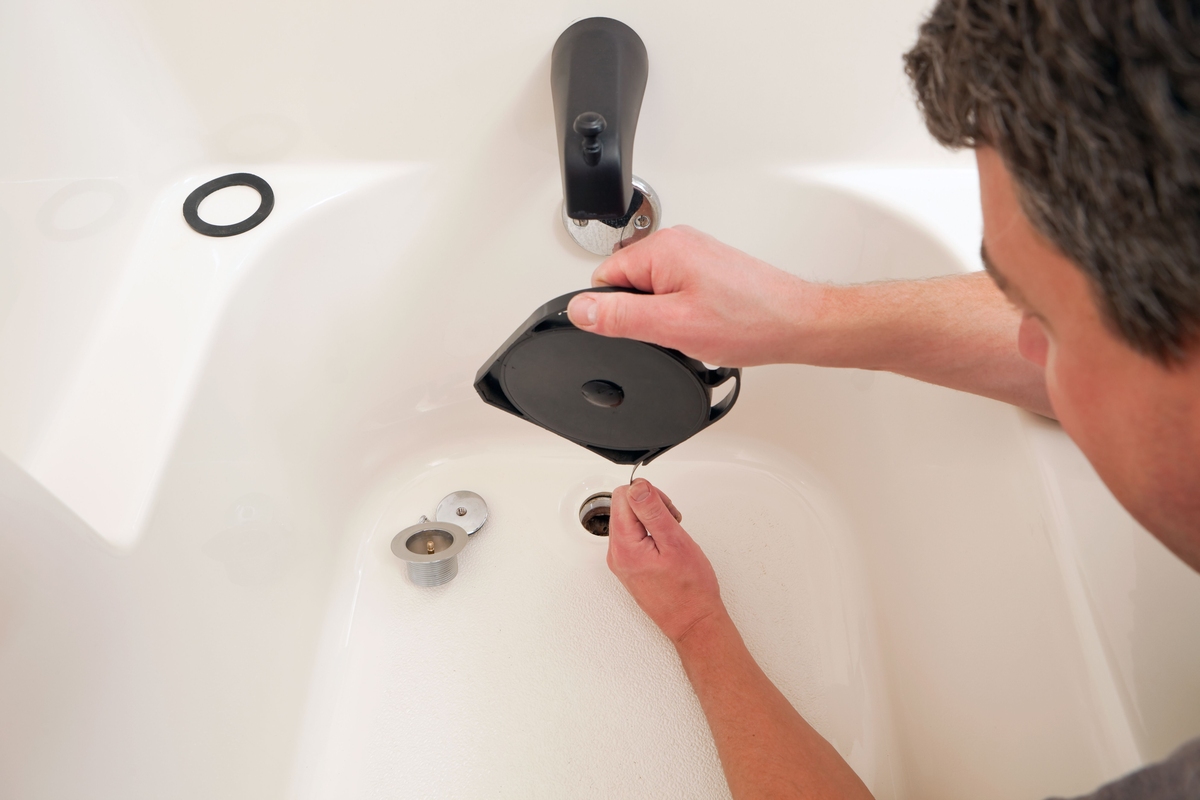
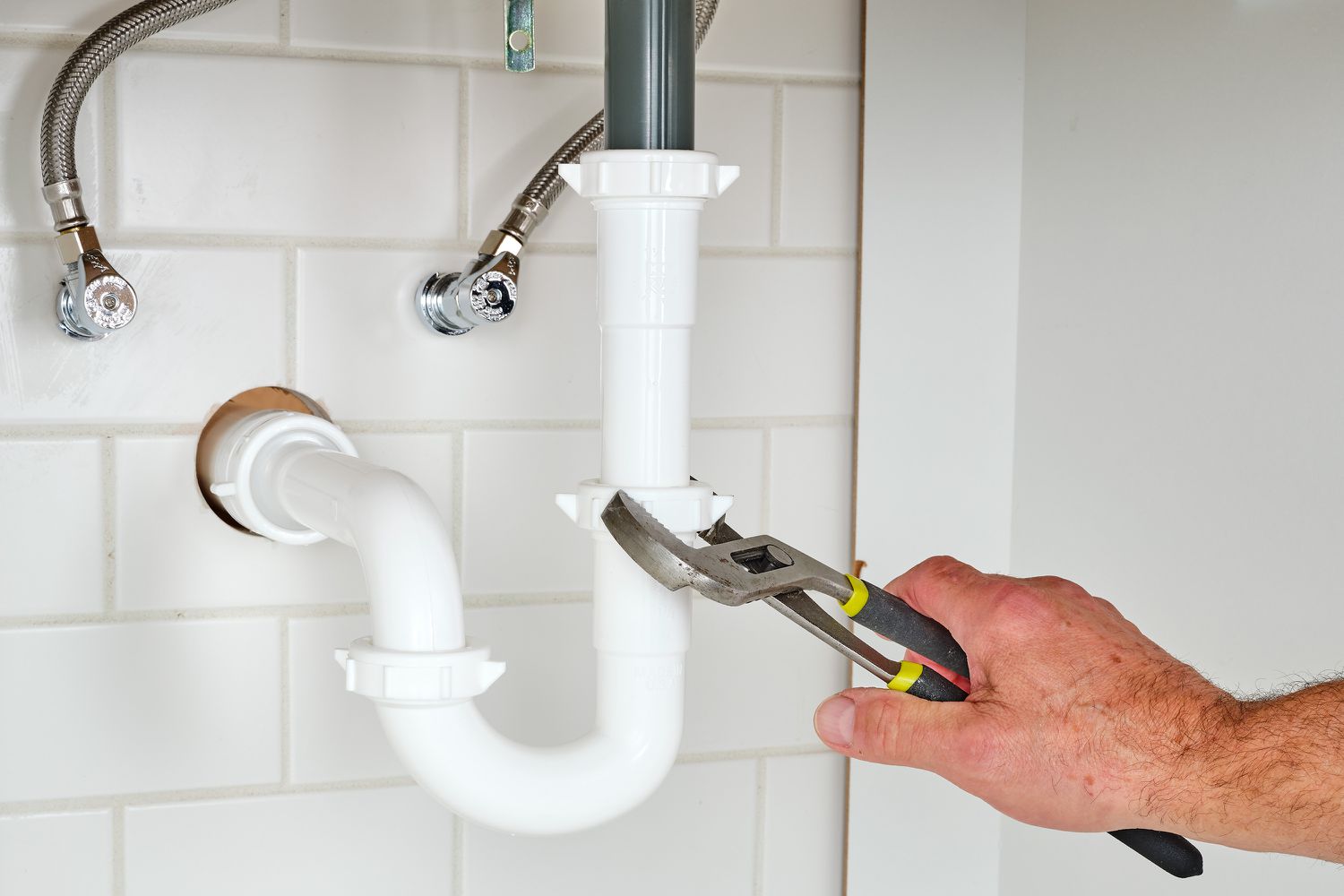
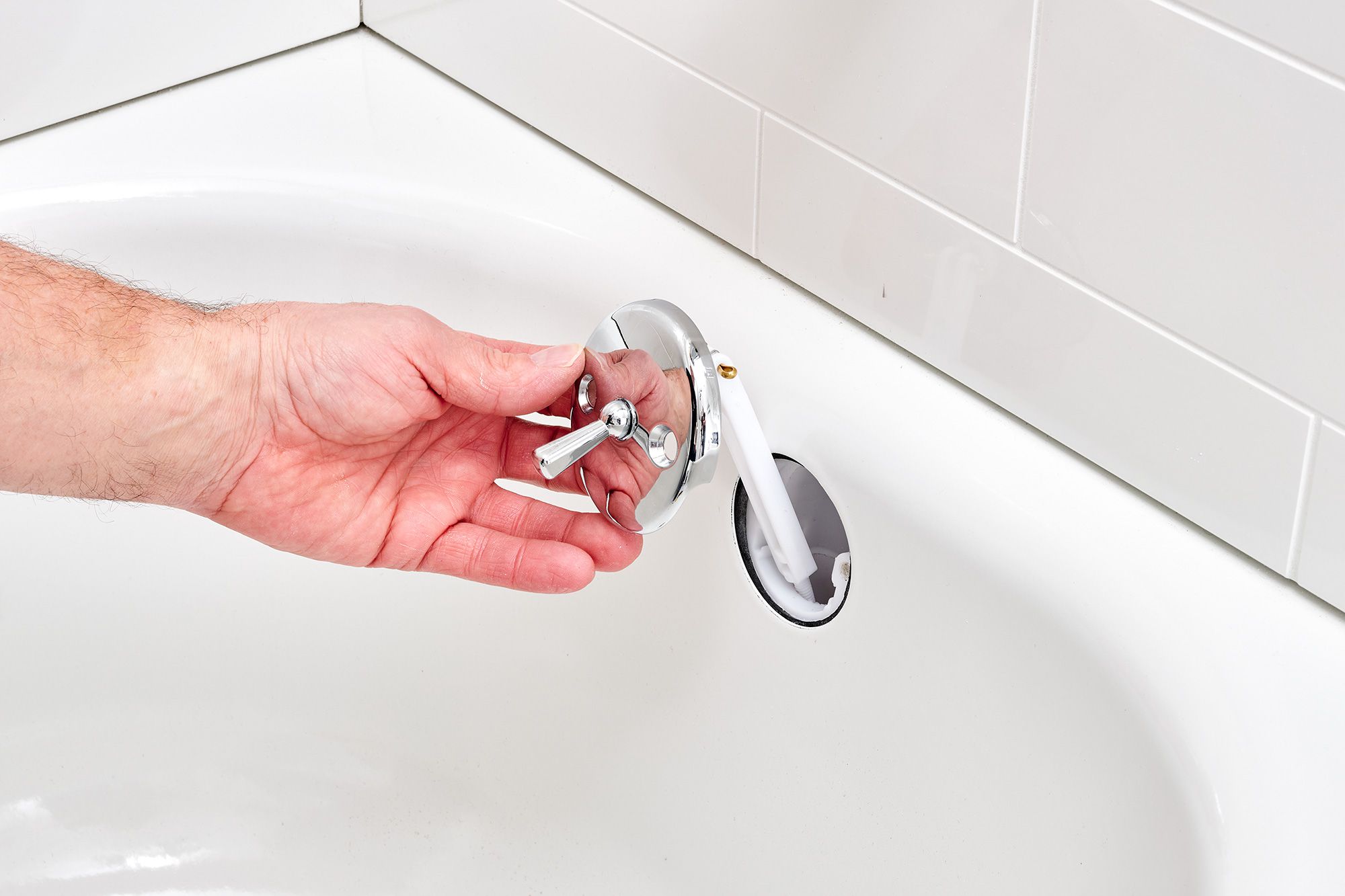
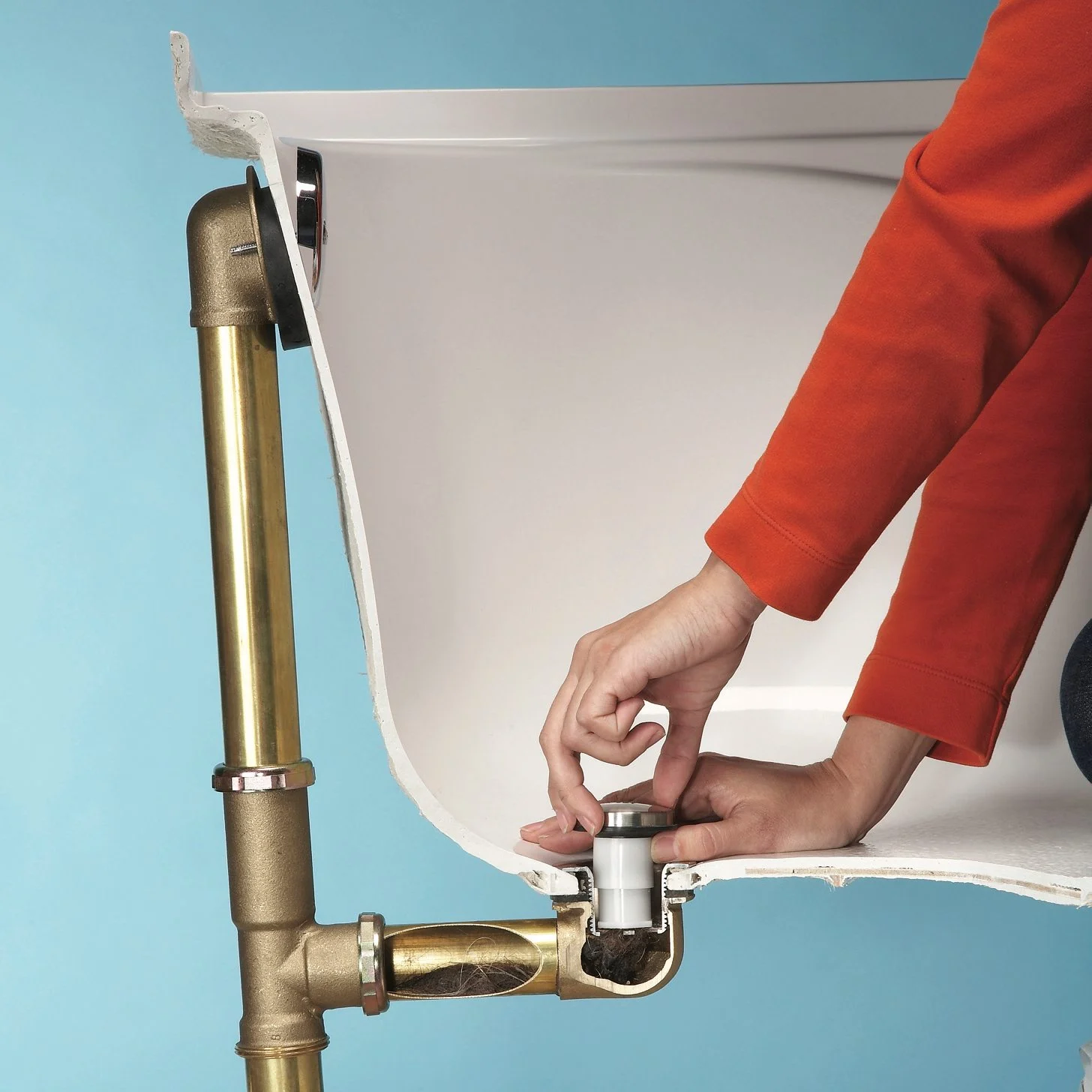
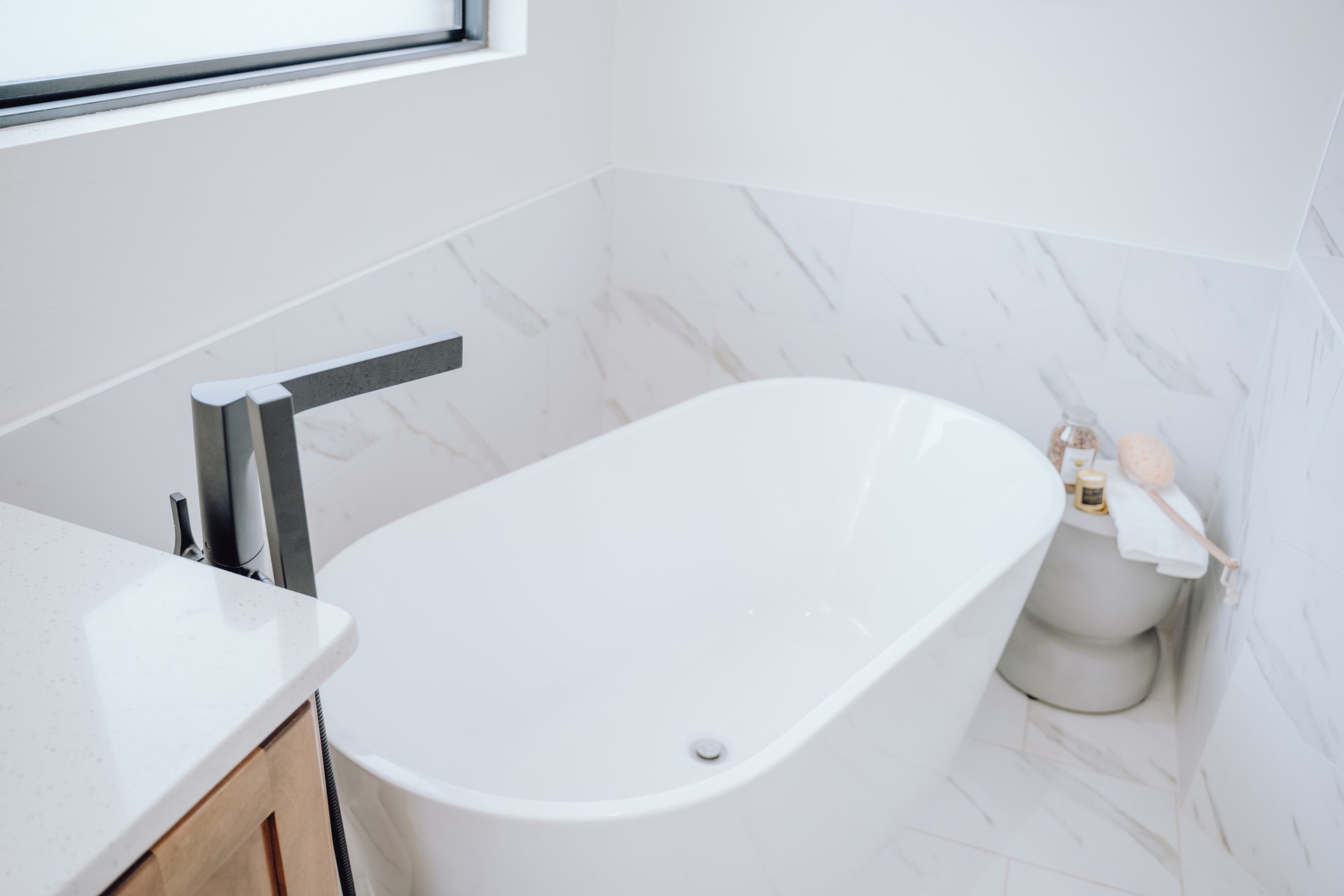
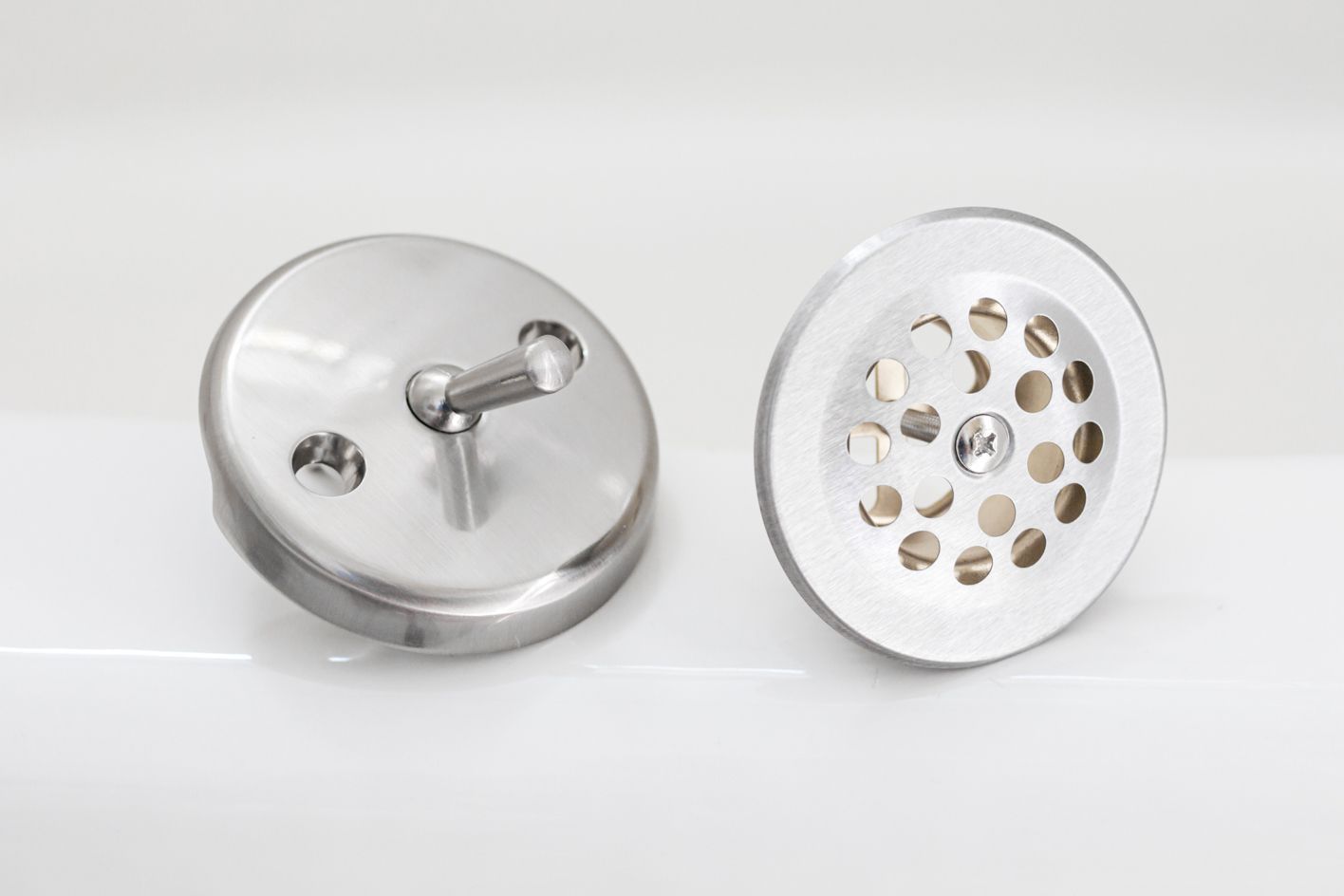

0 thoughts on “What Is The Best Way To Clear A Slow Bathtub Drain”